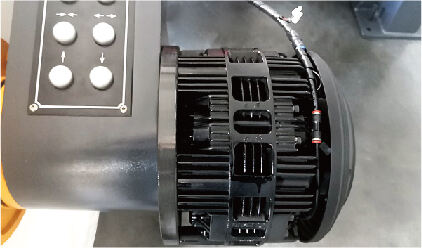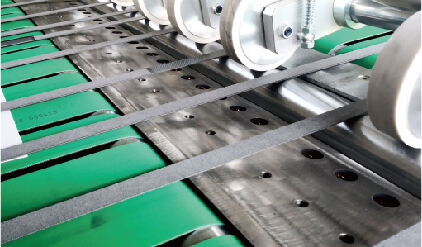stamping machine
A stamping machine is a sophisticated piece of industrial equipment designed to transform flat sheet metal into specific shapes through controlled force application. This versatile machinery combines precision engineering with robust mechanical power to perform various operations including punching, blanking, bending, coining, and deep drawing. The machine utilizes specialized dies and punches mounted on a press bed, with modern versions incorporating advanced hydraulic or mechanical systems for precise force control. Most contemporary stamping machines feature computerized numerical control (CNC) systems that ensure exceptional accuracy and repeatability in production processes. These machines can handle various materials, from soft aluminum to hardened steel, with thickness ranges typically from 0.1mm to 10mm depending on the model specifications. The stamping process is highly efficient, capable of producing hundreds of parts per minute in high-volume applications, making it ideal for mass production scenarios. Advanced models often include automated feed systems, die protection mechanisms, and sophisticated monitoring systems that ensure consistent quality while minimizing material waste. The versatility of stamping machines extends across numerous industries, from automotive manufacturing to electronics, appliance production, and aerospace applications.


